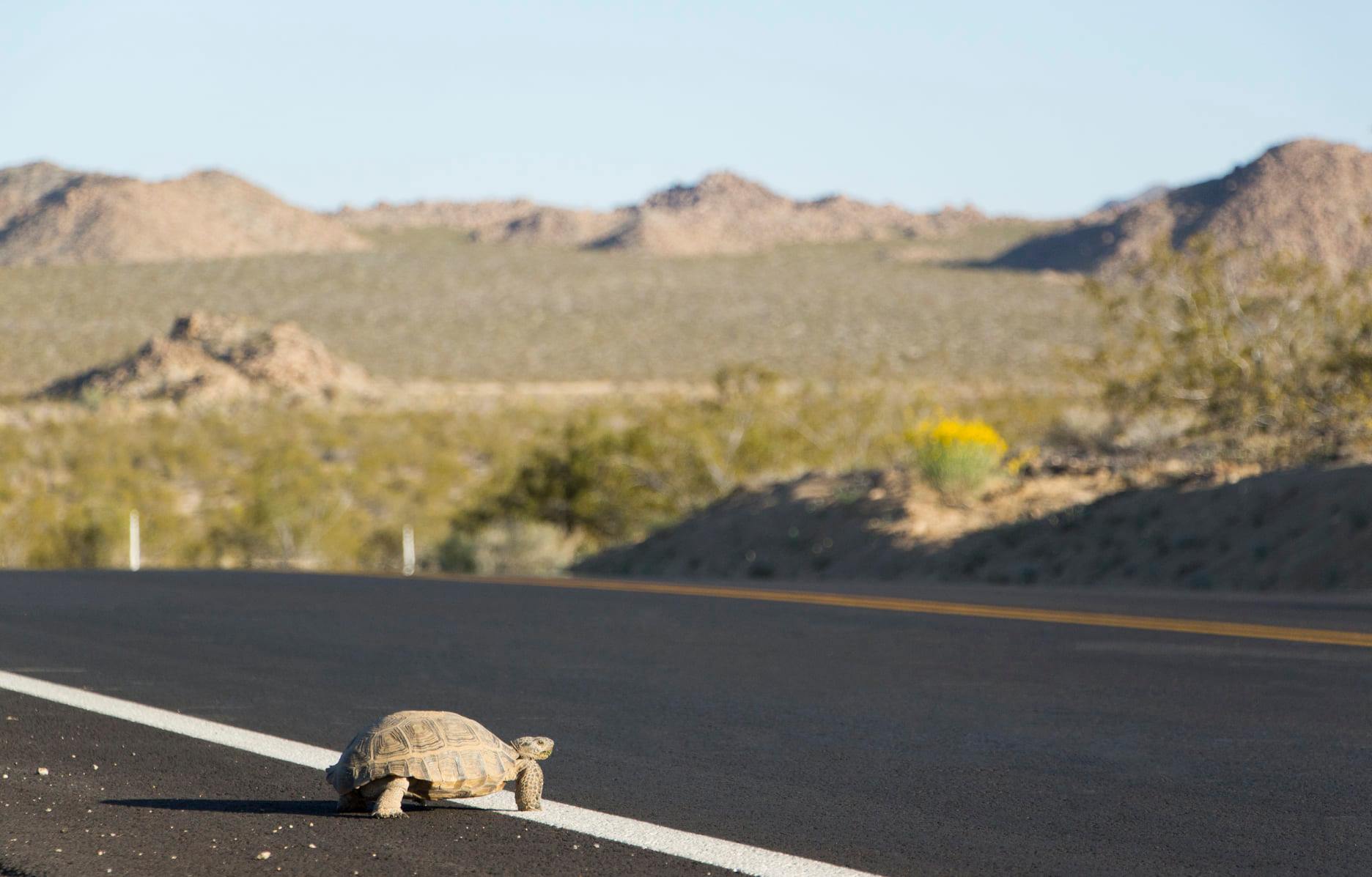The Safe Roads and Wildlife Protection Act would require The California Department of Transportation to identify barriers that inhibit wildlife movement before transportation projects are planned and designed.
A bill that would prioritize wildlife crossings in California to reduce road mortality of wildlife was introduced in the California Assembly on February 16.
The bill, The Safe Roads and Wildlife Protection Act (AB2344) by Assemblymembers Laura Friedman (D-Glendale) and Ash Kalra (D-San Jose) would require The California Department of Transportation to identify barriers that inhibit wildlife movement before transportation projects are planned and designed. It would also require Caltrans to develop 10 projects a year designed to improve the capability for wildlife, such as desert tortoises, to safely cross roads, freeways and developments.
“P-22 is no match for your Prius on the 101,” Friedman said in a statement released by the Center For Biological Diversity. “We know the toll that wildlife and vehicle collisions take every year, and yet we keep repeating the same mistakes when it comes to building infrastructure. A.B. 2344 shifts the focus at Caltrans to more inclusive design that can save the lives of people and wildlife.”
Wildlife crossings, or corridors are safer for both people and wildlife. The state recorded more than 44,000 wildlife-vehicle collisions from 2016-2020. In addition to wildlife deaths and property damage, the collisions caused human deaths as well.
Endangered California Tiger Salamander Gets Tunnel Under Highway
Frog Loving French Town Constructs Frog Tunnels To Prevent Roadkill
The Safe Roads and Wildlife Protection Act complements legislation that was enacted last year to better coordinate efforts of Caltrans and the California Department of Fish and Wildlife to build wildlife crossings. The bill would enable both Caltrans and the DFW to build projects, be it freeway overpass wildlife corridors or directional fencing at an existing underpass to coordinate their work. The billfold also establish rules for state agencies to collate roadkill data and determine what areas would benefit from wildlife corridors.
California does have a few herp specific wildlife corridors that benefit other animals as well. The state built a tunnel for amphibians around 2017-2018 between Buellton and Lompoc, CA to benefit the California tiger salamander. That tunnel was the sixth undercrossing designed built by Caltrans for animals to safely cross the roads. Assembly Bill 2344 will bolster those numbers by 10 a year.



